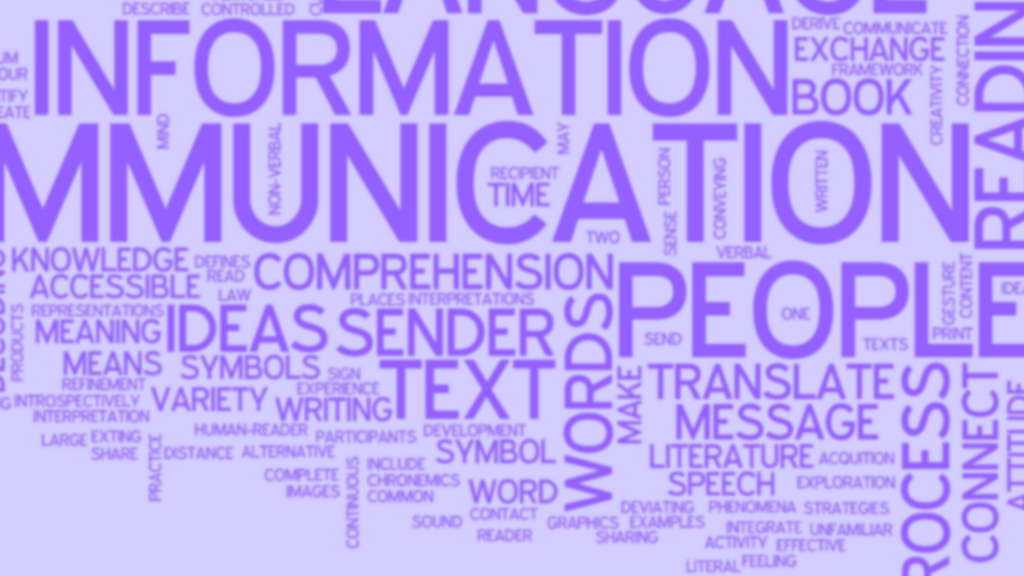
From a legal perspective, if the legal function, the wider business, and those involved with using or implementing technology all speak the same language, it leads to better outcomes for each of these groups.
Bearing that in mind, it is appropriate that the interaction between technology and humans is, in a way, lingua franca, as people learn to interpret cues and commands of software in order to achieve a result, and technology receives commands that it then converts to its natural code. This brings us to legal lingua franca, or the legal-software-speak that as end users we need to comprehend in order to have a fruitful relationship with legal tech.
Lawyers speak in many tongues. In the complex and often arduous language of the law, in legal jargon discussing matters, contracts and case law. Lawyers can have one particular voice reserved for their clients, where they act as a translator between the law and modern-day language. Great in-house lawyers speak in the commercial language required to converse with the C-Suite and wider organization. Learning to speak tech will simply be another string to their bow.
The implementation of legal tech is a matter of communication and change management within the legal team and to clients. If your goal is the transparency, efficiency, and effectiveness of the legal function, being understood is paramount. Legal can only become transparent internally and externally if people feel they can interact with the department and understand the information they receive.
Technology, when implemented, should clearly convey to the end user what is required from them. Let’s use the intake of matters as an example. If an intake portal is well designed, it will present the user with several, simple (or potentially even binary) decisions to make, such as needing help with a contract, general legal advice, or an employment matter. Selecting an option tailors the intake flow to further relevant questions, funnelling the process and saving the end user from having to provide information that is not relevant to their specific request. This decision-tree process allows the user to make simple decisions and not feel overwhelmed or get lost in the broader context or legal jargon. In the same vein, it provides the lawyer with the precise information they need to get started helping on the matter, saving time and unnecessary follow up back and forth communication.
So, how do we implement legal tech to be communicated and understood? Firstly, we identify the pain points of the end users and how technology can alleviate these. Perhaps they want a faster legal response, to harness data to drive better decision-making on hiring or outsourcing, or to create a transparent intake process. These core needs are the foundation of the tech’s purpose and should be communicated to its end users. Most importantly, the design of the solution should always bear these overarching objectives in mind. If we want a faster legal response, why should the internal clients fill in an intake form? What information is really required? Why use this word which has a specific legal meaning when we could use three plain English words or internal business speak at our company?
To harness data and metrics, we can work backwards from the end goal to improve the legal team. Management often asks: ‘What is legal doing?’, ‘How can we reduce our spend on external lawyers?’, ‘Why don’t I have visibility over my legal requests?’ Metrics allow legal to communicate value back to the business on these matters as well as tracking where the bulk of legal requests are coming from within the business, informing their capacity and skill gaps. Data is about storytelling, a core skill in the communication repertoire. Which story should be told should relate to the pain points that the business face when coming to the legal team.
Consistency is key here, as a benefit of legal tech is accumulating and analyzing data for insights. Collecting similar data across different areas of work allows for meaningful comparison of matter types, spend and resource allocation, making comparative, data-driven decisions possible. Collecting AND conveying information using language that makes sense to the business allows for better intake and collaboration with legal as well as better storytelling from legal of what needs to change – or what is already working well and why!
It’s important to remember that when learning a language you start with the basics. The same should apply when implementing legal tech. Keeping the initial setup simple and taking the plunge to implement the tech is fundamental to success. But it is not something we always do. It’s easy to design something in a vacuum, seeking perfection and putting off the implementation. But launching the tech, even if it is not perfect, allows you to begin treating pain points and adapting the software for the best response.
If legal, the business and tech, can all access a lingua franca, they can move in partnership toward common goals and efficiently achieve better business outcomes for all.